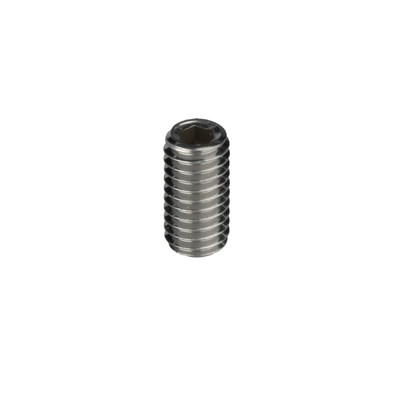
Hex Socket Stud: 3/8"-16 X 3/4"
$6.00
- SKU:
- RRS-9000236
- UPC:
- 818413028814
Downloads
find your perfect setup

Colors Available
$7.00

Flat Head, 1/4"-20 x 3/4" long hex screw
Colors Available
$1.00

Stud 1/4"-20 x 5/8
Colors Available
$1.00

HBh188Ss25C28 1/4"-20 x 3/8" Screw
Colors Available
$5.00

Hex Key: 3/32"
Colors Available
$0.50










